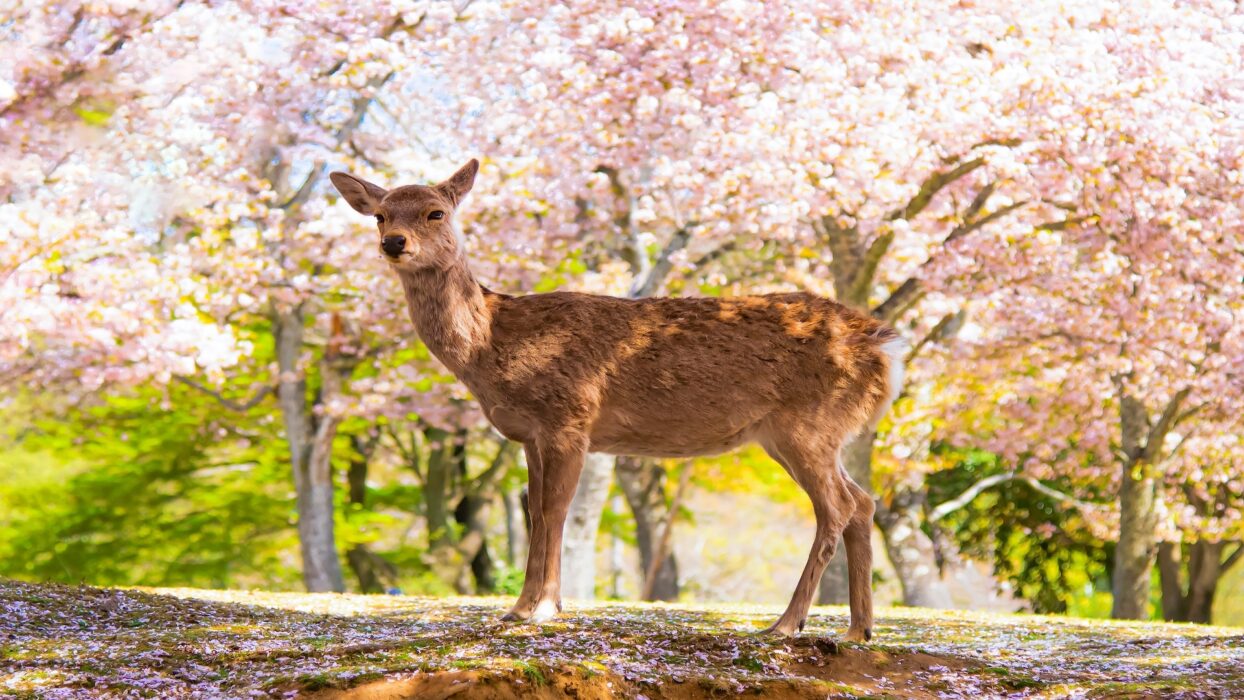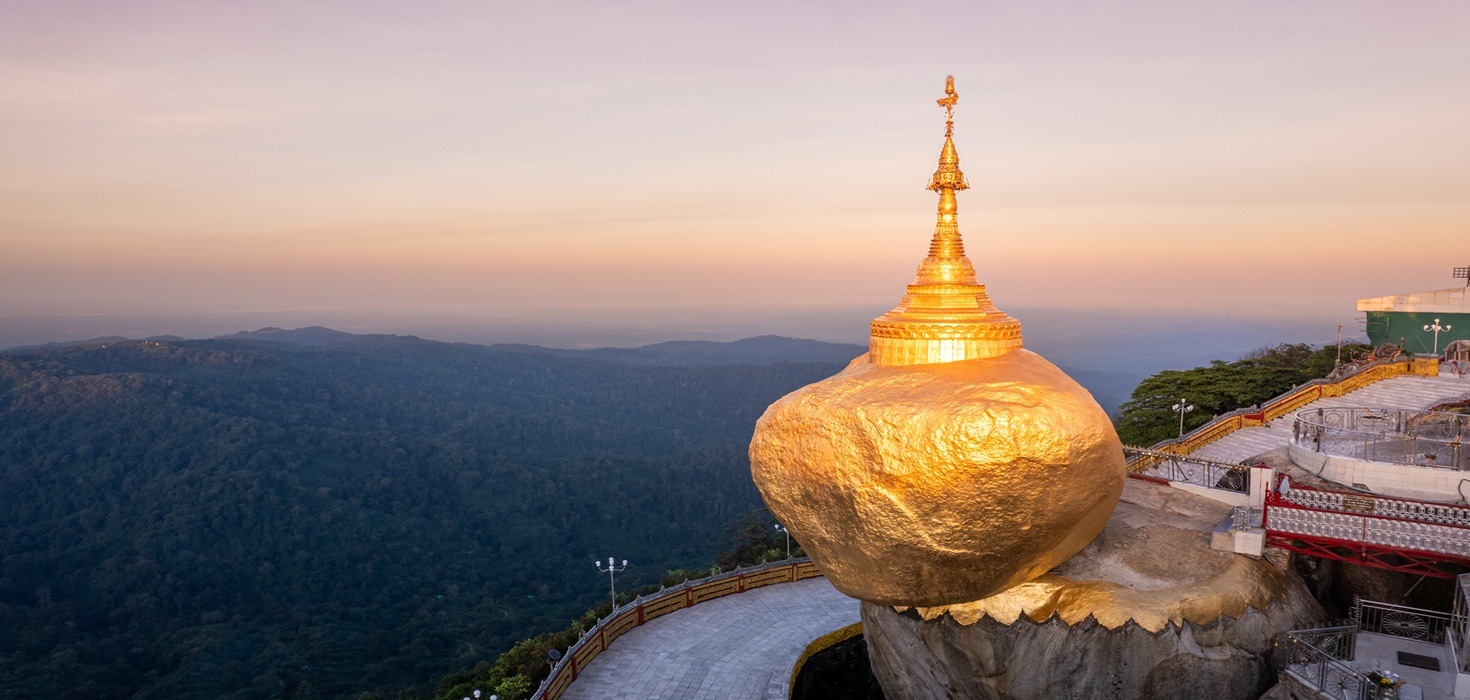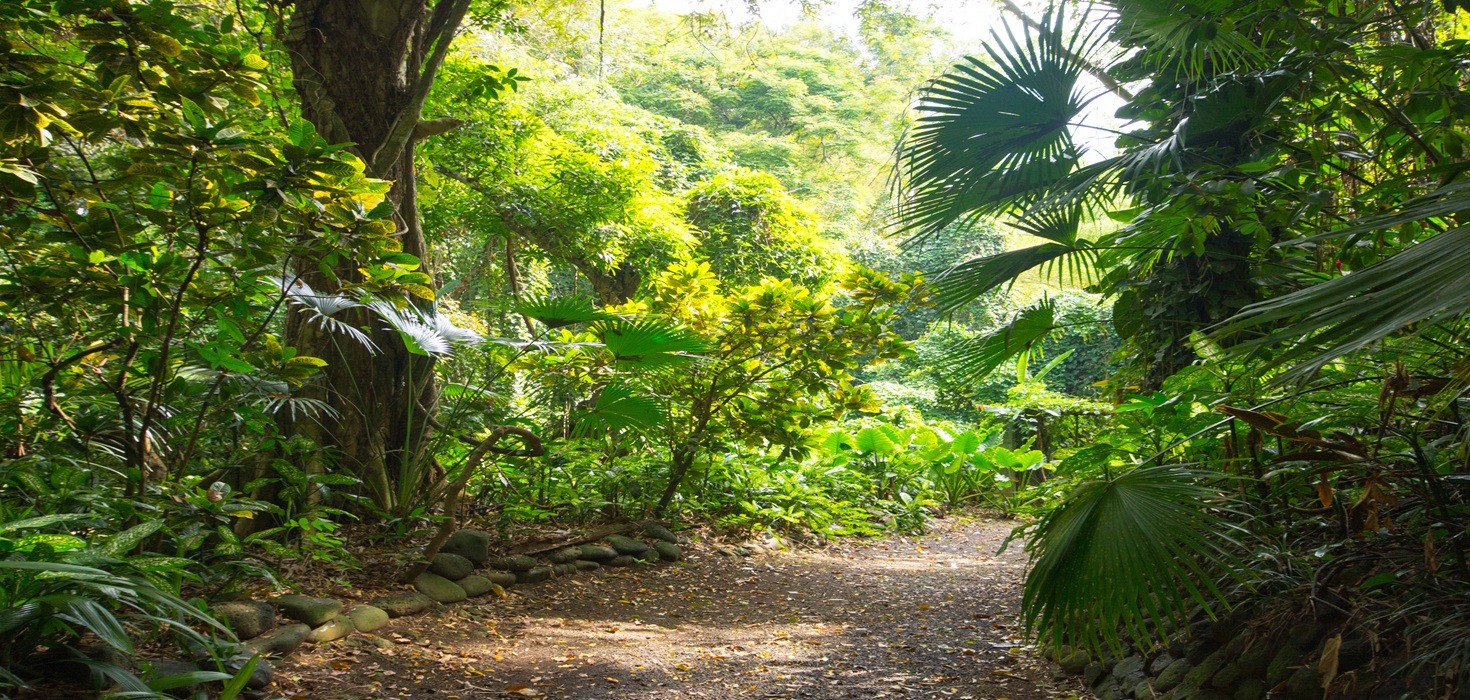Welcome to Todaiji Temple: Nara’s Crown Jewel
Nestled in the heart of Nara, Japan, Todaiji Temple is a monumental site that draws travelers from all corners of the globe. Renowned for its breathtaking architecture and historical significance, this temple is not just a feast for the eyes but a treasure trove of culture and spirituality. As you step through its grand gates, you’ll find yourself enveloped in a world where ancient traditions and nature coexist harmoniously, making it a must-visit destination for anyone exploring Nara.
What makes Todaiji Temple particularly special? For starters, it houses the Great Buddha, a colossal bronze statue that stands as a symbol of peace and enlightenment. This awe-inspiring figure, along with the temple itself, has played a pivotal role in Japanese history and Buddhism. Whether you’re a history buff, a photography enthusiast, or simply seeking a serene escape, Todaiji Temple promises an unforgettable experience. So, grab your camera, and let’s uncover the wonders that await within these sacred walls!
Discovering Todaiji Temple: A Historical Marvel
A Glimpse into History
Todaiji Temple, or "Great Eastern Temple," was founded in 752 AD during the Nara period, a time when Buddhism flourished in Japan. It was established as the head temple of the Kegon sect and has since become a significant cultural and religious hub. Did you know that the temple was originally constructed to promote the teachings of Buddhism across Japan? It has survived numerous disasters, including fires and earthquakes, and has been rebuilt multiple times, with the current structure completed in 1709.
Architectural Wonders
The highlight of Todaiji Temple is undoubtedly the Great Buddha Hall (Daibutsuden), which is the largest wooden building in the world! As you approach, you’ll be struck by its impressive scale and intricate details. The hall houses the Great Buddha (Daibutsu), which stands at a staggering 15 meters tall. This magnificent statue represents Vairocana Buddha and is surrounded by smaller statues that add to the hall’s spiritual ambiance. The craftsmanship of the wooden beams and the serene expressions of the Buddha create a sense of tranquility that you can feel as soon as you walk in.
As you explore, keep an eye out for the unique historical facts scattered throughout the temple grounds. For example, legend has it that the Great Buddha was cast using bronze from coins collected from the people of Nara, symbolizing a collective effort towards enlightenment. This fascinating tidbit adds depth to your visit, making you appreciate the temple’s significance even more.
Cultural Significance
Todaiji Temple is not just an architectural marvel; it’s a living testament to Japan’s rich cultural heritage. It has been designated a UNESCO World Heritage Site and is part of the Historic Monuments of Ancient Nara. The temple serves as a venue for various cultural events and ceremonies, drawing visitors who wish to witness the fusion of tradition and modernity. From the Omizutori Festival, where sacred fire rituals are performed, to seasonal celebrations that showcase the temple’s vibrant community, there’s always something happening at Todaiji.
For those interested in cultural significance, keep an eye out for the temple’s beautiful gardens and the surrounding area. The serene environment is perfect for reflection and offers a picturesque backdrop for your photos. Many visitors leave feeling spiritually rejuvenated, having connected with the profound history and traditions that Todaiji embodies.
Practical Visitor Information: Hours, Fees, and Accessibility
Planning Your Visit
Ready to visit Todaiji Temple? Here’s everything you need to know to make your trip smooth and enjoyable!
Entrance Fees and Ticket Options
Visiting Todaiji Temple is quite affordable. The Todaiji Temple entrance fee is 600 yen for adults and 300 yen for children. This ticket grants you access to the Great Buddha Hall and the surrounding temple grounds. If you’re keen on a deeper dive into the temple’s history, consider joining a guided tour, which often includes the entrance fee in the package.
Opening Hours
Todaiji Temple is open year-round, with Todaiji Temple hours typically from 7:30 AM to 5:30 PM. During peak seasons, such as cherry blossom and autumn foliage, the hours may extend, allowing you to soak in the beauty of the temple in different lights. Always check the official website or local guides for any seasonal variations to make the most of your visit!
Accessibility Options
Good news for everyone! Todaiji Temple is committed to being accessible for all visitors. There are ramps and pathways designed for easy navigation, ensuring that elderly and disabled visitors can enjoy the temple’s wonders without hassle. If you need assistance, don’t hesitate to ask the friendly staff on-site—they’re always ready to help!
With all this information at your fingertips, you’re well on your way to experiencing the magic of Todaiji Temple. But wait, there’s more! Keep reading to discover the best times to visit, seasonal highlights, and even a fun day trip itinerary that includes Nara’s other fantastic attractions!
Seasonal Highlights: Best Times to Visit Todaiji Temple
Every season brings its own charm to Todaiji Temple, making it a year-round destination for travelers. Whether you’re a fan of cherry blossoms or autumn leaves, there’s a perfect time for you to visit this iconic site. Let’s explore the seasonal highlights that will make your visit truly memorable!
Spring Splendor: Cherry Blossoms
Spring is a magical time in Nara, with cherry blossoms blooming in all their glory. The temple grounds transform into a dreamy landscape, perfect for photography enthusiasts. The best time to catch the cherry blossoms is typically from late March to early April. Make sure to bring your camera and capture the stunning contrast of the pink blossoms against the ancient temple architecture. For the best views, head to the open areas around the Great Buddha Hall, where you can enjoy a panoramic view of the blossoms.
Summer Serenity: Lush Greenery
Summer at Todaiji Temple offers a different kind of beauty. The lush greenery surrounding the temple provides a serene backdrop, perfect for those looking to escape the hustle and bustle of city life. Early mornings are particularly enchanting, as you can enjoy the peaceful atmosphere before the crowds arrive. Plus, if you’re lucky, you might spot some of the temple’s resident deer wandering around, adding to the charm of your visit.
Autumn’s Vibrant Palette
As the leaves change, Todaiji Temple becomes a canvas of vibrant reds, oranges, and yellows. The best time to witness this stunning transformation is from mid-November to early December. The autumn foliage paired with the temple’s majestic architecture creates a breathtaking scene that is perfect for photography. Don’t forget to wear comfortable shoes, as you’ll want to explore every corner of the temple grounds!
Winter Wonders: A Peaceful Retreat
Winter brings a tranquil beauty to Todaiji Temple. The crisp air and occasional snowfall create a serene atmosphere, perfect for reflection and quiet contemplation. If you visit in January, you might even catch the New Year celebrations, which include traditional rituals and ceremonies that highlight the temple’s cultural significance. The peaceful ambiance of winter offers a unique experience that you won’t want to miss.
Fun Day Trip Itinerary: Exploring Nara
If you’re planning a day trip to Nara, you’re in for a treat! This itinerary will guide you through a perfect day filled with exploration, culture, and delicious food, all centered around the magnificent Todaiji Temple.
Morning: Visit Todaiji Temple
Start your day early at Todaiji Temple. Arriving right when it opens allows you to enjoy the temple in a quieter setting. Take your time exploring the Great Buddha Hall and soaking in the spiritual atmosphere. Don’t forget to check out the smaller halls and the beautiful gardens surrounding the temple. If you’re interested in history, consider joining a guided tour to learn more about its fascinating past.
Afternoon: Explore Nara Park and Nearby Attractions
After your visit to Todaiji Temple, take a leisurely stroll through Nara Park. This expansive park is home to over 1,000 free-roaming deer, which are considered sacred. Spend some time feeding and interacting with these friendly animals, but remember to follow the guidelines for responsible interaction. If you’re up for more exploration, head to Kasuga Taisha Shrine, famous for its numerous lanterns and beautiful forested paths. The shrine is just a short walk from the park and offers a glimpse into Japan’s spiritual traditions.
Evening: Local Dining Options and Cultural Experiences
As the sun begins to set, treat yourself to some of Nara’s local cuisine. The area around Todaiji Temple has several delightful dining options. Don’t miss out on trying kakinoha-zushi, a type of sushi wrapped in persimmon leaves, or narazuke, pickled vegetables that make for a perfect side dish. For a unique experience, look for restaurants that offer traditional kaiseki meals, which are multi-course dinners showcasing seasonal ingredients.
Engaging with Nature: Interacting with Nara’s Sacred Deer
Nara Park is famous for its friendly deer, and interacting with them can be one of the highlights of your visit. Here are some tips for a responsible and enjoyable experience:
Best Practices for Feeding and Approaching Deer
While the deer are accustomed to human interaction, it’s important to respect their space. You can purchase special deer crackers (shika senbei) from vendors around the park to feed them. They’ll eagerly approach you, but be cautious—some might get a bit too excited! Always avoid feeding them human food, as it can be harmful to their health.
When approaching the deer, be calm and gentle. Sudden movements can startle them. If you’re lucky, you might even catch a deer bowing, a behavior they exhibit when they want food. This adorable gesture is sure to make your heart melt!
Culinary Delights: Tasting Nara’s Local Cuisine
Food lovers will find plenty to savor in Nara. The local cuisine reflects the region’s rich history and agricultural bounty. Here are some must-try dishes during your visit:
Local Cuisine Highlights
Start with kakinoha-zushi, a sushi delicacy wrapped in persimmon leaves that adds a unique flavor. Another local favorite is narazuke, which consists of seasonal vegetables pickled in sake lees. These dishes not only offer a taste of Nara but also a glimpse into its culinary traditions.
Vegetarian Options
Nara is also a great destination for vegetarians. Many restaurants offer dishes made from fresh, locally sourced vegetables. Don’t hesitate to ask for vegetarian options when dining out; most places are happy to accommodate dietary preferences. Pair your meal with a refreshing cup of matcha tea for a delightful experience!
Festivals and Cultural Events: Celebrating at Todaiji Temple
Throughout the year, Todaiji Temple hosts various festivals and cultural events that showcase its rich heritage. Here’s a closer look at what you can expect:
Omizutori Festival
One of the most famous events is the Omizutori Festival, held annually in March. This ancient ceremony involves the lighting of sacred torches and is a spectacular sight to behold. The festival symbolizes the purification of the temple and the community, attracting visitors from all over Japan. Don’t miss the chance to witness this vibrant celebration!
Seasonal Celebrations
Throughout the year, you can also experience seasonal celebrations that highlight the temple’s cultural significance. From New Year rituals to summer festivities, each event provides a unique opportunity to immerse yourself in Nara’s traditions. Check the temple’s official website or local guides for a calendar of events during your visit.
Exploring Nearby Attractions: Beyond Todaiji Temple
Nara is brimming with attractions that complement your visit to Todaiji Temple. Here are some highlights you shouldn’t miss:
Kasuga Taisha Shrine
Just a short walk from Todaiji, Kasuga Taisha Shrine is famous for its beautiful lanterns and serene forest paths. This UNESCO World Heritage Site is a must-visit for its stunning architecture and tranquil atmosphere. Don’t forget to explore the surrounding forest, where you can find more deer and enjoy a peaceful walk.
Nara National Museum
If you’re interested in Japanese art and history, the Nara National Museum is a fantastic stop. It features a vast collection of Buddhist art and artifacts, providing context to the cultural significance of Todaiji Temple. The museum often hosts special exhibitions, so check their schedule to see what’s on during your visit.
Transportation Tips: Getting to and Around Nara
Getting to Nara and exploring its attractions is straightforward. Here’s what you need to know:
Public Transportation Options
Nara is easily accessible from major cities like Kyoto and Osaka via train. The Kintetsu Nara Line offers a direct route to Nara Station, while the JR Nara Line connects you to JR Nara Station. Once you arrive, the temple is just a 30-minute walk from either station.
Parking Details
If you’re driving, there are several parking lots near Todaiji Temple. However, they can fill up quickly, especially during peak tourist seasons. Arriving early is your best bet for securing a spot. Alternatively, consider using public transport for a hassle-free experience.
Safety and Health Guidelines: Traveling Smart in Nara
Your safety and health are paramount while exploring Nara. Here are some tips to keep in mind:
Interacting with Wildlife
While the deer in Nara Park are friendly, it’s important to respect their space. Avoid sudden movements and don’t try to pet them unless they approach you. Feeding them is a delightful experience, but stick to the designated deer crackers to keep them healthy.
Maintaining Personal Safety
Nara is generally safe for travelers, but like any destination, it’s wise to stay alert. Keep an eye on your belongings, especially in crowded areas. If you’re exploring at night, stick to well-lit paths and avoid isolated areas.
Commonly Asked Questions (FAQs) about Todaiji Temple
Here are some frequently asked questions to help you plan your visit to Todaiji Temple:
What is the entrance fee for Todaiji Temple?
The Todaiji Temple entrance fee is 600 yen for adults and 300 yen for children, which includes access to the Great Buddha Hall and surrounding grounds.
What are the opening times for Todaiji Temple?
Todaiji Temple is typically open from 7:30 AM to 5:30 PM. During peak seasons, hours may extend, so be sure to check local guides for updates.
Is Todaiji Temple accessible for those with mobility challenges?
Yes, Todaiji Temple is equipped with ramps and pathways to accommodate elderly and disabled visitors, ensuring everyone can enjoy its wonders.
Sustainability and Conservation: Protecting Nara’s Heritage
As a visitor, you play a crucial role in preserving Nara’s natural and cultural heritage. Here are some tips for environmentally friendly travel:
Eco-Friendly Practices
When visiting Todaiji Temple and Nara Park, be mindful of your waste. Use designated bins for trash and recycling, and consider bringing a reusable water bottle to reduce plastic usage. Respect wildlife and their habitats by observing from a distance and avoiding littering.
Local Conservation Initiatives
Many local organizations are dedicated to preserving Nara’s cultural and natural heritage. Consider participating in community events or workshops that promote conservation efforts. Your involvement can make a difference!
Unique Experiences: Engaging with Nara’s Cultural Heritage
For those looking to immerse themselves in Nara’s rich cultural heritage, there are plenty of opportunities to engage in local crafts and traditions:
Workshops on Traditional Crafts
Join a workshop to learn about traditional Japanese crafts, such as pottery or calligraphy. These hands-on experiences allow you to create your own souvenirs while gaining insight into local customs. Check with the visitor center for available classes during your stay.
Cultural Activities
Participating in cultural activities, like tea ceremonies or martial arts demonstrations, can enhance your understanding of Japan’s rich traditions. Look for local events or classes that welcome visitors to join in the fun!










